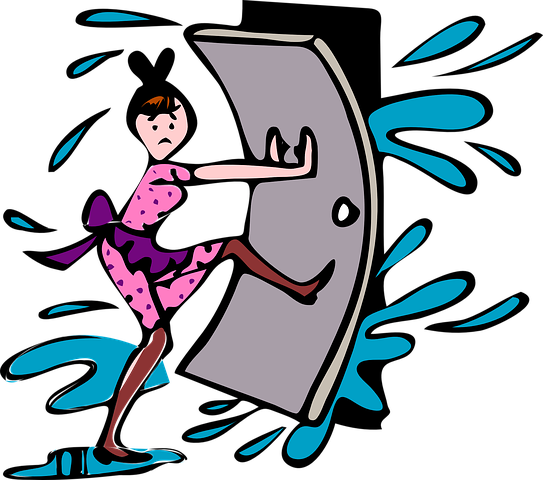Preventing water damage is easier and cheaper than paying for repairs. Water damage is one of the things that weaken the foundation of buildings. In fact, it hits the core strength of the house resulting in extensive structural damage. Damp wood is a conducive home for carpenter ants and termites. It also causes mildew and mold. There are different things you can do to prevent such a disaster. Some of them are DIY projects whereas others need the services of a professional water restoration company. These are some strategies that will offer you peace of mind when heavy storms hit.
Maintain Your Plumbing Systems
Hire a professional to inspect faucets and appliance hoses. This should be done at least twice a year. You can also do it before the onset of rains. Check all hoses that lead to water heaters, washing machines, refrigerator, ice makers, and dishwashers. If you have money, you can install a water leak detector and shut-off system that alerts you whenever there is a leakage. Also, check the tubs and showers. In this case, you should check the caulking and seal around the tubs and showers to ensure they are watertight. If necessary, reseal them.
Inspect and Improve Your Drainage
You should note that poor drainage weakens the foundation, causes uneven setting, pathways, and cracks that allow water to enter the home. It is a good idea to clean the gutters on a routine basis. A clogged gutter sends water down the side of the building. This can damage the foundation and siding of the house. The downspouts should direct water at least 15 feet away from the house. Moreover, the slope should be sloped to direct water away from the foundation. Gutter cleaning is a DIY job, or you can seek the services of reliable gutter cleaners.
Check for Water Leaks
Persistent leaks result in mildew and mold, termites, and even rod. If you can fix the issue as soon as you notice it, you may not have long-term damage. These tips can help you check for the leaks:
Look for dark spots inside cabinets, under pipes, toilets, course drips, and stains on ceilings.
Inspect the roof for missing, damaged, and loose shingles. Repair cracked roofs and leaks around flashing
Drips that get to your kitchen sink will get down into the basement sheathing and cause structural damage. Also, you will need to install new kitchen flooring and cabinets. Also, if your roof is rotten, you will need repairs or a new roof altogether.
Maintain Vegetation and Trees
Thriving shrubs and trees can be beautiful. However, if their roots get into pipes and break them, you are likely to experience water damage in the future. Therefore, you should minimize landscaping near drainage systems and utility pipes. Remove shrubs and trees that have become big.
Water Damage Insurance
Homeowners insurance offers coverage for wind-driven rain, burst pipes, and damage caused by ice on your roof. Also, it can cover burst sprinklers. You can find insurance coverage for drain backups and sewer bursts. However, you need to confirm with your insurance company first.
It is better to prevent water damage than to deal with it when it occurs. The truth is that it is one of the common disasters that affect homeowners. You can safeguard your property with appropriate insurance coverage and implementing the above strategies and tips. Ensure your home is well-maintained to prevent other water-related disasters such as mold growth.

